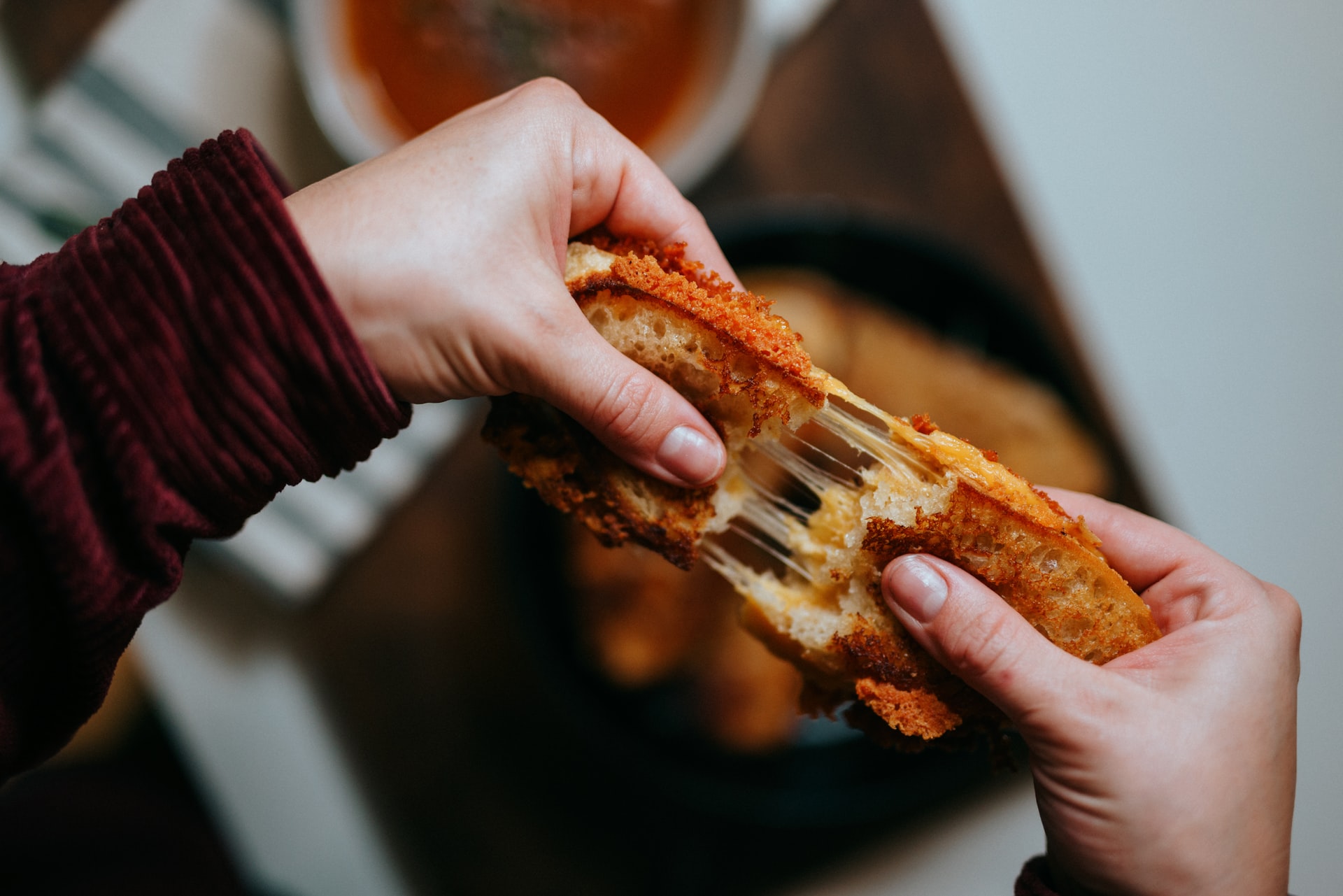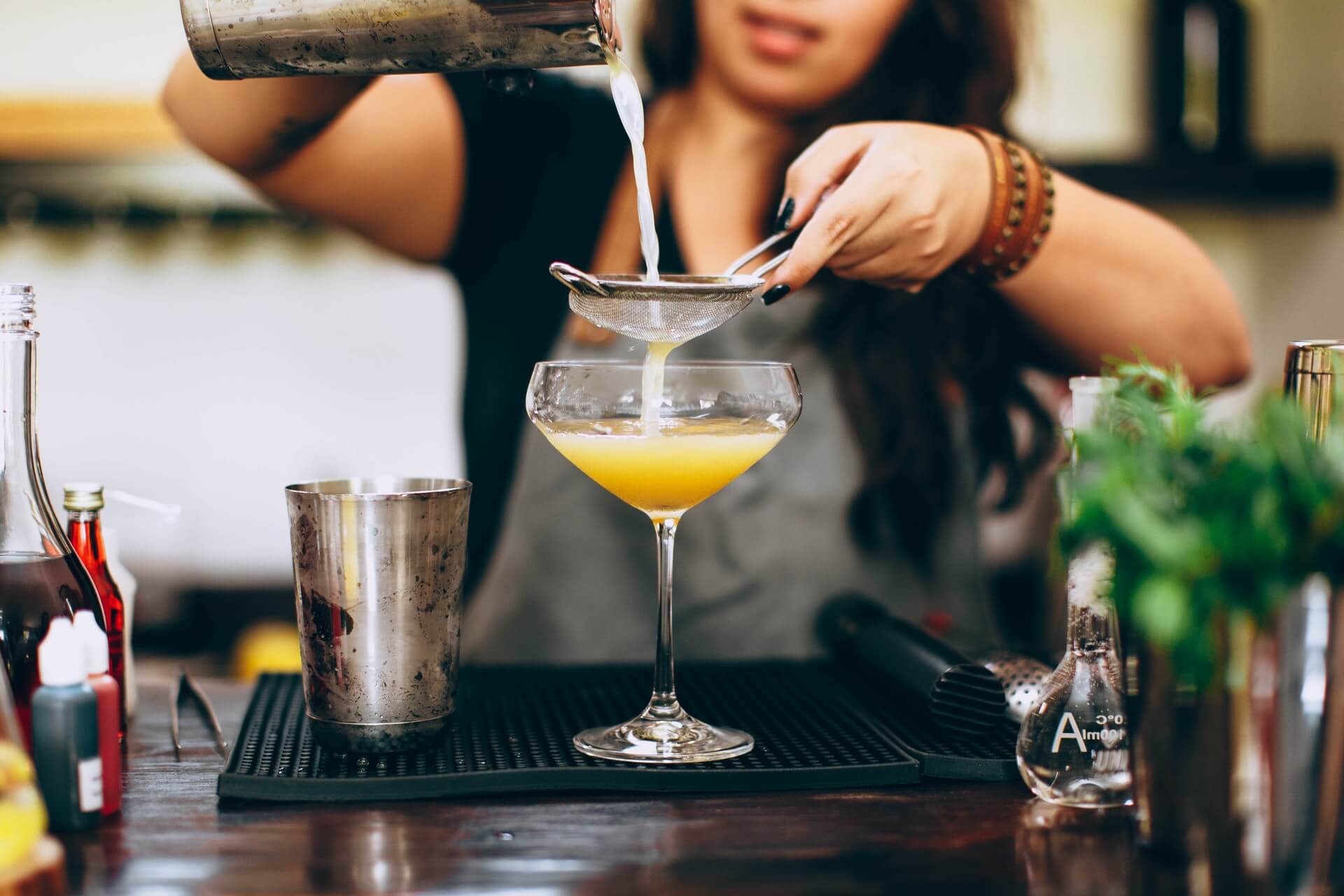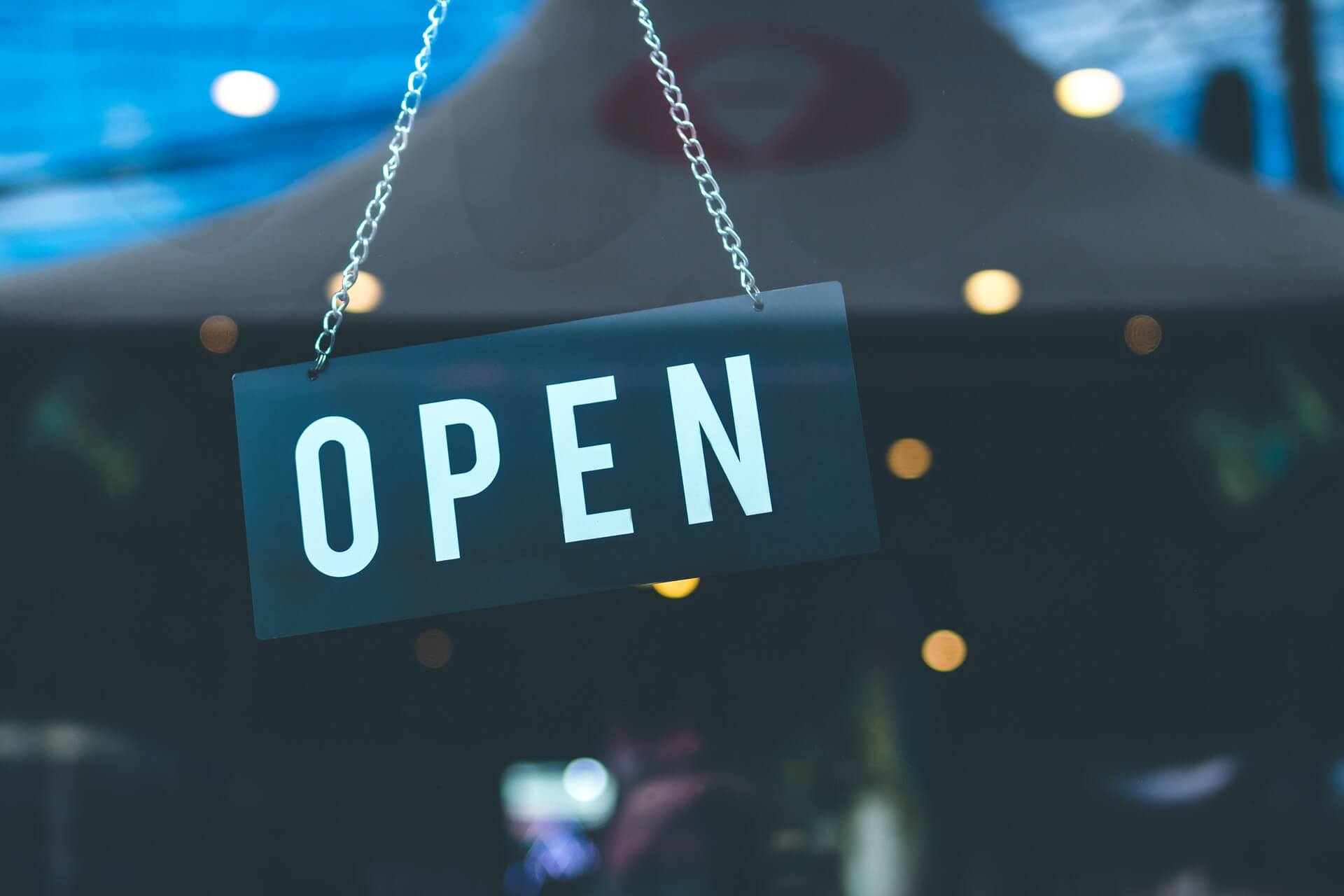Grilled Cheese Day: Mastering the Melt
by David Klemt

There are few comfort foods more popular than a well-made, melty grilled cheese sandwich.
It’s such a perfect comfort food that it has its own national holiday in the United States.
National Grilled Cheese Sandwich Day is April 12 in the US. From what I’ve read, Canada also gets in on the fun.
Melt Mastery
If you want to make the best grilled cheese sandwiches, not just any cheese will do.
The saying goes that you can’t squeeze blood from a stone. Well, you also can’t squeeze a melt out of a hard cheese cheese.
So, you want to make one of the comfiest of comfort foods. Cheese selection matters. Here’s what to consider:
- Moisture content. Hard cheeses have very little water content and therefore don’t fully liquify.
- Fat content. Cheeses with a high fat content melt very well.
- Acidity. Cheeses that are highly acidic get stringy when melted. Acid-curded cheeses (vegan, many goat cheeses) don’t melt much, if at all.
- Age. If you want melty cheese that results in that visually appealing cheese pull, look for fresh and unaged cheeses.
Melt Mates
It’s tempting to throw the cheese drawer at a sandwich. If one cheese is great, more cheeses are even better, right?
Wrong. Certain cheeses melt together better than others. Consider this:
There are restaurants that have grilled cheese eating challenges. Complete such a challenge, bask in glory forever. The reason this particular challenge must be completed quickly is melting points. As the sandwich cools, the cheeses congeal. The harder, lower-fat cheeses make it much more difficult to finish the admittedly ridiculous challenge sandwich.
So, which challenges melt the best and tend to play well together? Check out the list below:
- American
- Blue Cheese
- Brie (works particularly well with fruit slices, jam and aged Cheddar)
- Cheddar (look for younger versions for the best melt)
- Colby
- Comté
- Fontina
- Gruyère (again, younger versions tend to be better for grilled cheese sandwiches)
- Monterey Jack
- Mozzarella
- Muenster
- Pepper Jack
- Provolone
- Raclette
- Taleggio
Become Legend
Comfort foods have become big-time revenue generators during the pandemic in America and Canada. There’s no reason to believe that’s going to change any time soon.
Master your melt and your sandwiches will become legend. Master the sides, dips and other accoutrements that enhance your legendary sandwich(es) and you’ll become a grilled cheese god.
Image: Nathan Dumlao on Unsplash


